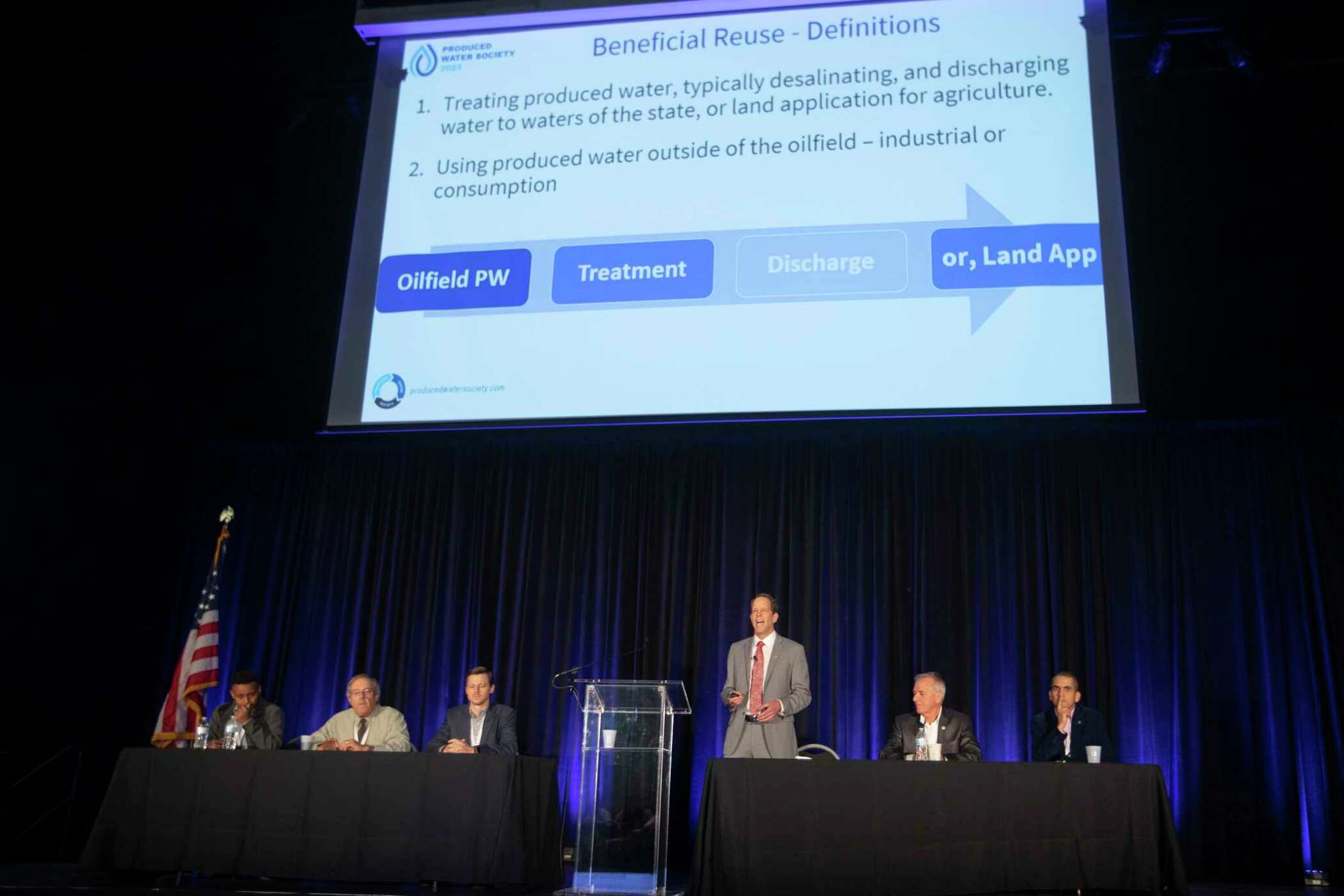Permian Oil Production Hasn’t Peaked Yet

The Permian basin has not yet seen peak oil production, according to Occidental’s chief executive Vicki Hollub.
The executive believes that growth in the play’s production rates will even offset declines in other shale basins across the United States.
According to the Energy Information Administration, the Permian will produce 5.622 million bpd of crude oil this month, up from 5.596 million bpd. Total production from the shale patch is seen at 9.214 million bpd.
However, as Reuters noted, although the Permian’s monthly output change from March to April would bring total production to a record high, it would also be the smallest monthly increase since December. In other words, output may be growing, but the growth is slow.
This could change, however, if prices climb higher. According to Hollub’s fellow shale major executive Scott Sheffield, prices may well climb higher—significantly. If oil breaks $90 per barrel it could hit $100 later this year, Sheffield said earlier this week, and then stay in the range of $90-$100 for some time.
The main reason for the higher prices that Sheffield sees ahead is tight supply. He first forecast these price levels last month during Pioneer’s earnings call and reiterated it this week, after OPEC+ said it would cut an additional 1.16 million bpd from its combined output.
Meanwhile, oil output from the shale patch may be slow on the rise but it is rising, as suggested by natural gas price movements. Earlier this month, gas prices plunged to the lowest in 30 months, according to Reuters, dipping below $2 per mmBtu.
The reason for the plunge, according to the report, was rising shale oil production, which led to a surge in associated gas production.
“About a third of U.S. gas production is associated gas – produced from oil wells. This production is unlikely to decline given current oil prices,” ClearView Energy managing director Jacques Rousseau told Reuters.
By Irina Slav for Oilprice.com
 information@eb5southwest.com
information@eb5southwest.com












